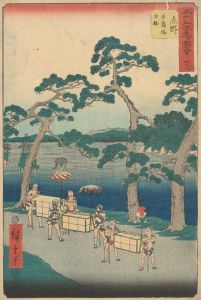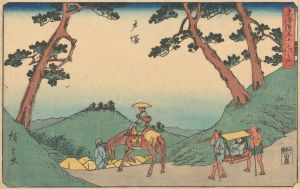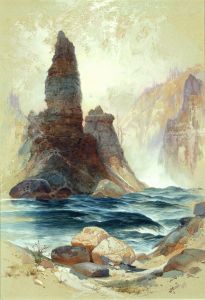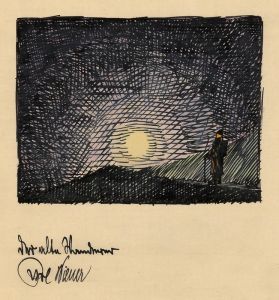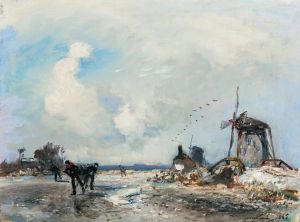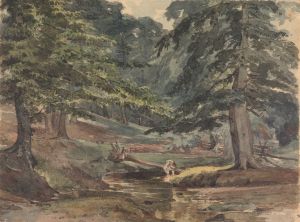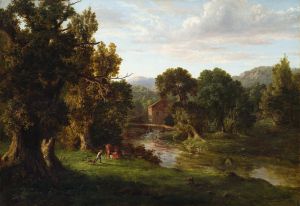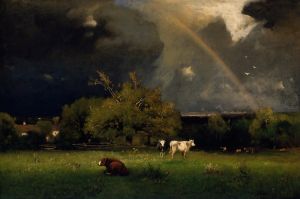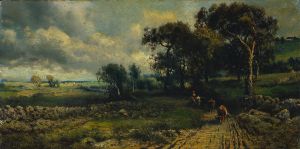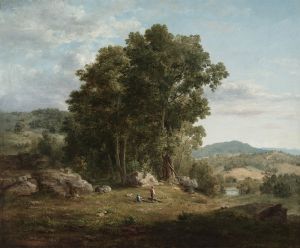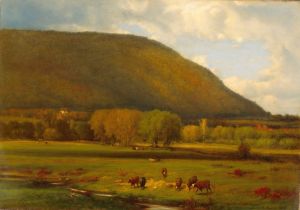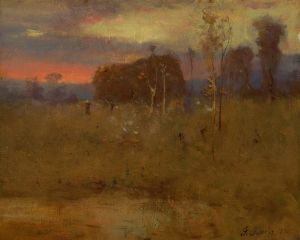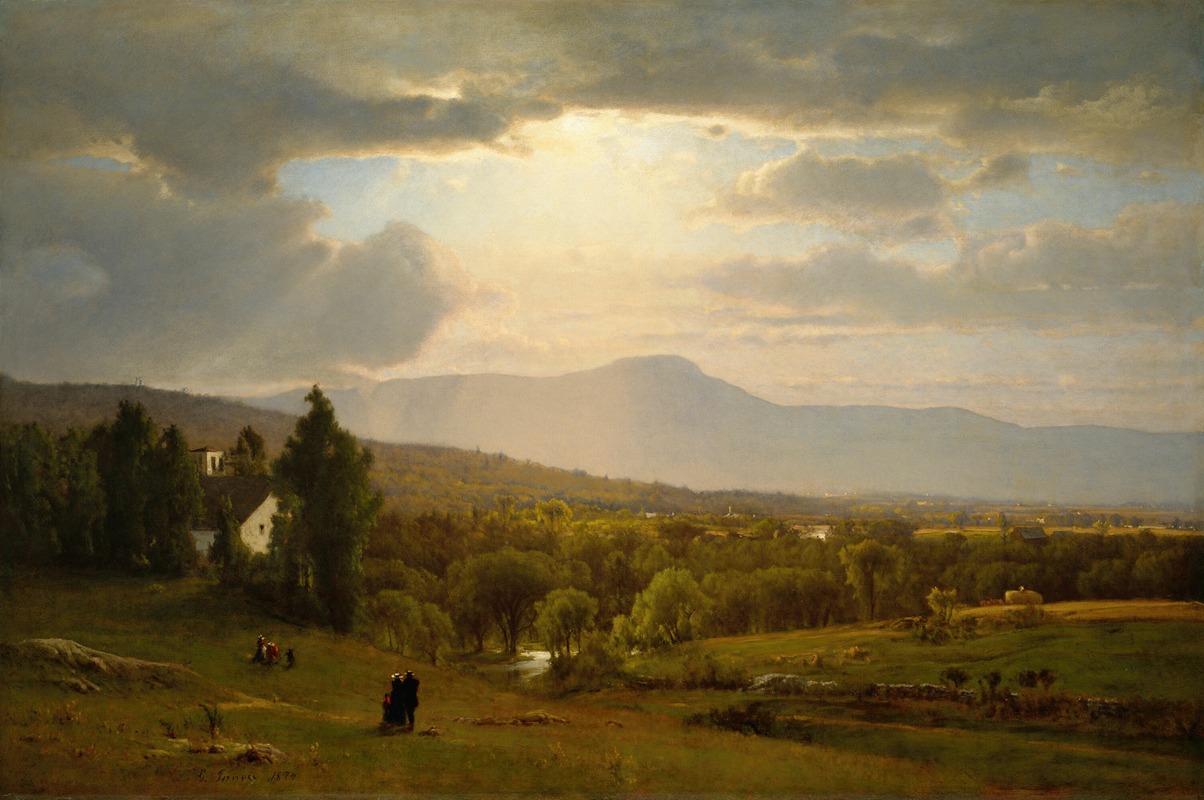
Catskill Mountains
A hand-painted replica of George Inness’s masterpiece Catskill Mountains, meticulously crafted by professional artists to capture the true essence of the original. Each piece is created with museum-quality canvas and rare mineral pigments, carefully painted by experienced artists with delicate brushstrokes and rich, layered colors to perfectly recreate the texture of the original artwork. Unlike machine-printed reproductions, this hand-painted version brings the painting to life, infused with the artist’s emotions and skill in every stroke. Whether for personal collection or home decoration, it instantly elevates the artistic atmosphere of any space.
George Inness, an influential American landscape painter, created "Catskill Mountains" in 1870. Inness is often associated with the Hudson River School, a mid-19th century American art movement characterized by its romantic portrayal of the American landscape. However, Inness's work also reflects the influence of the Barbizon School, a French movement that emphasized naturalism and the beauty of ordinary rural scenes.
"Catskill Mountains" is a prime example of Inness's mature style, which blends the detailed realism of the Hudson River School with a more atmospheric and expressive approach. The painting depicts a serene view of the Catskill Mountains, a region in southeastern New York State known for its picturesque scenery and natural beauty. The Catskills were a popular subject for many Hudson River School artists, including Thomas Cole and Asher B. Durand, who sought to capture the sublime and tranquil qualities of the American wilderness.
In "Catskill Mountains," Inness employs a soft, diffused light to create a sense of depth and tranquility. The composition features a foreground of lush greenery and a meandering stream, leading the viewer's eye towards the distant mountains shrouded in mist. The use of light and shadow in the painting enhances the sense of atmosphere, giving the scene a dreamlike quality.
Inness's technique in this painting demonstrates his mastery of color and brushwork. He uses a palette of earthy tones, with greens, browns, and blues dominating the scene. The brushstrokes are loose and fluid, contributing to the overall sense of harmony and unity in the composition. This approach reflects Inness's belief that art should evoke an emotional response rather than simply replicate the physical appearance of a landscape.
Throughout his career, Inness was deeply influenced by the philosophical and spiritual ideas of Emanuel Swedenborg, a Swedish scientist, philosopher, and theologian. Swedenborg's writings emphasized the interconnectedness of the natural and spiritual worlds, a concept that resonated with Inness and informed his artistic vision. In "Catskill Mountains," this influence is evident in the way Inness imbues the landscape with a sense of reverence and contemplation.
George Inness's "Catskill Mountains" is housed in the collection of the New York State Museum in Albany, New York. The painting is considered one of Inness's significant works, showcasing his ability to blend realism with a more expressive and atmospheric style. It remains an important example of American landscape painting from the 19th century, reflecting both the natural beauty of the Catskill region and the artist's unique vision.
Inness's contribution to American art extends beyond his individual works; he played a crucial role in the transition from the Hudson River School's detailed realism to a more modern, impressionistic approach. His influence can be seen in the works of later American landscape painters who continued to explore the emotional and spiritual dimensions of the natural world. "Catskill Mountains" stands as a testament to Inness's skill and his enduring impact on the landscape painting tradition.





